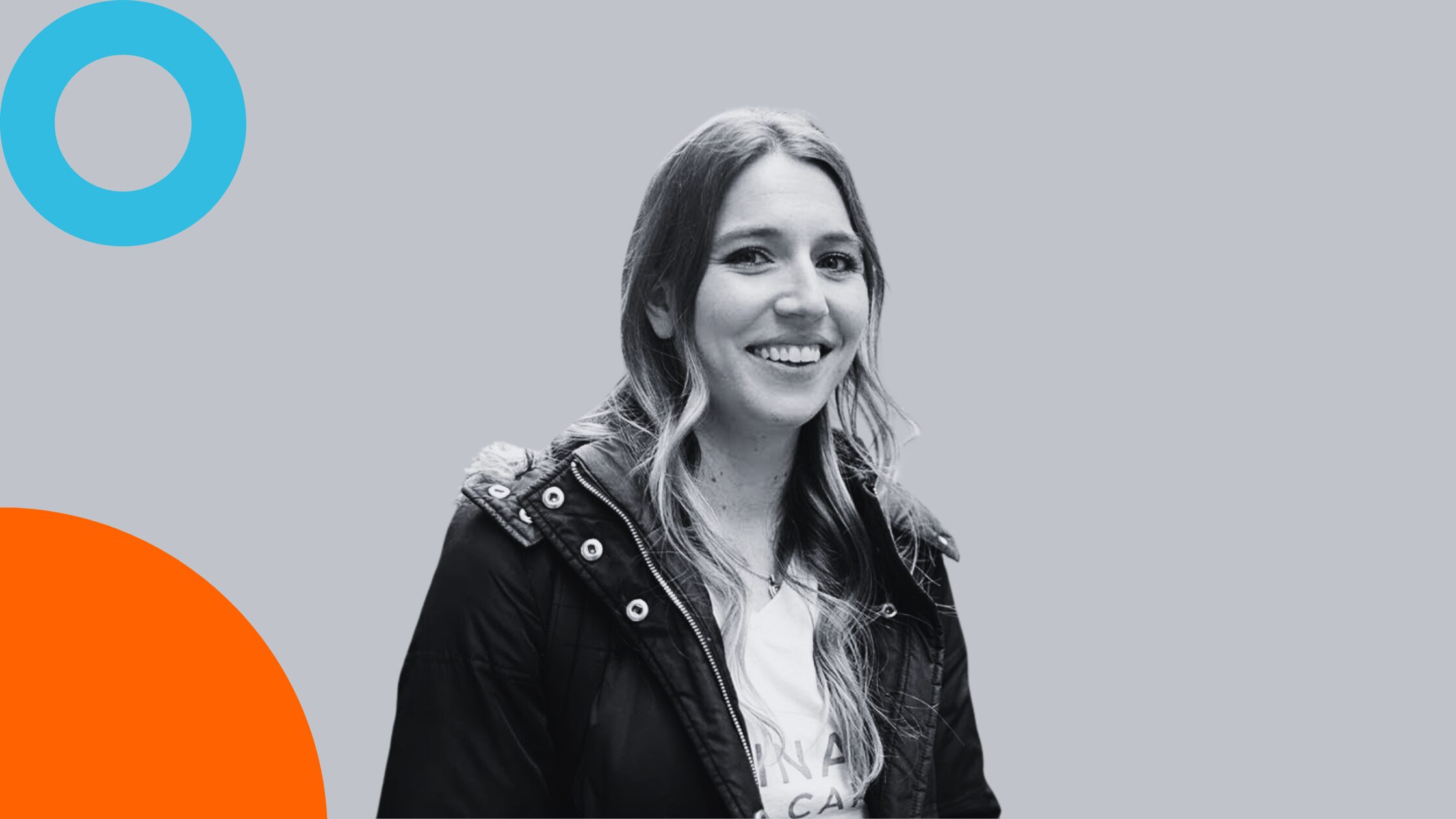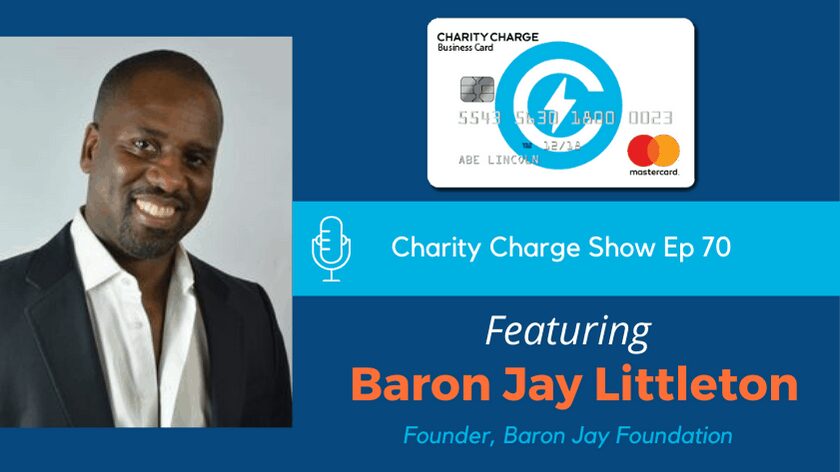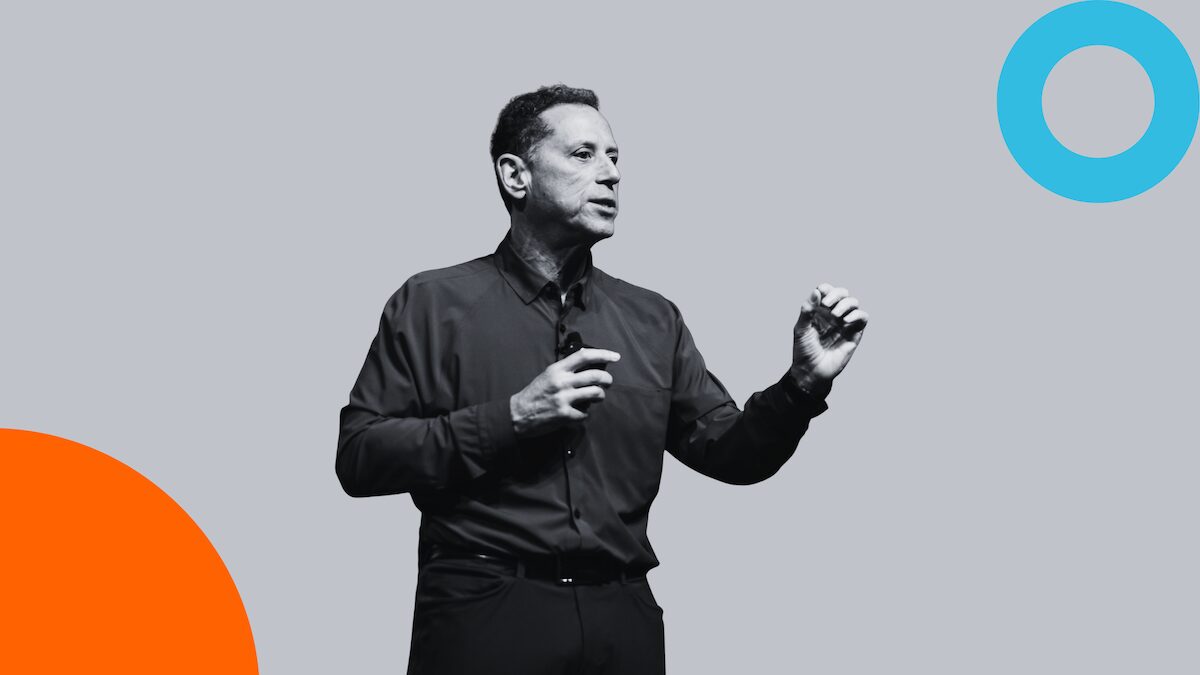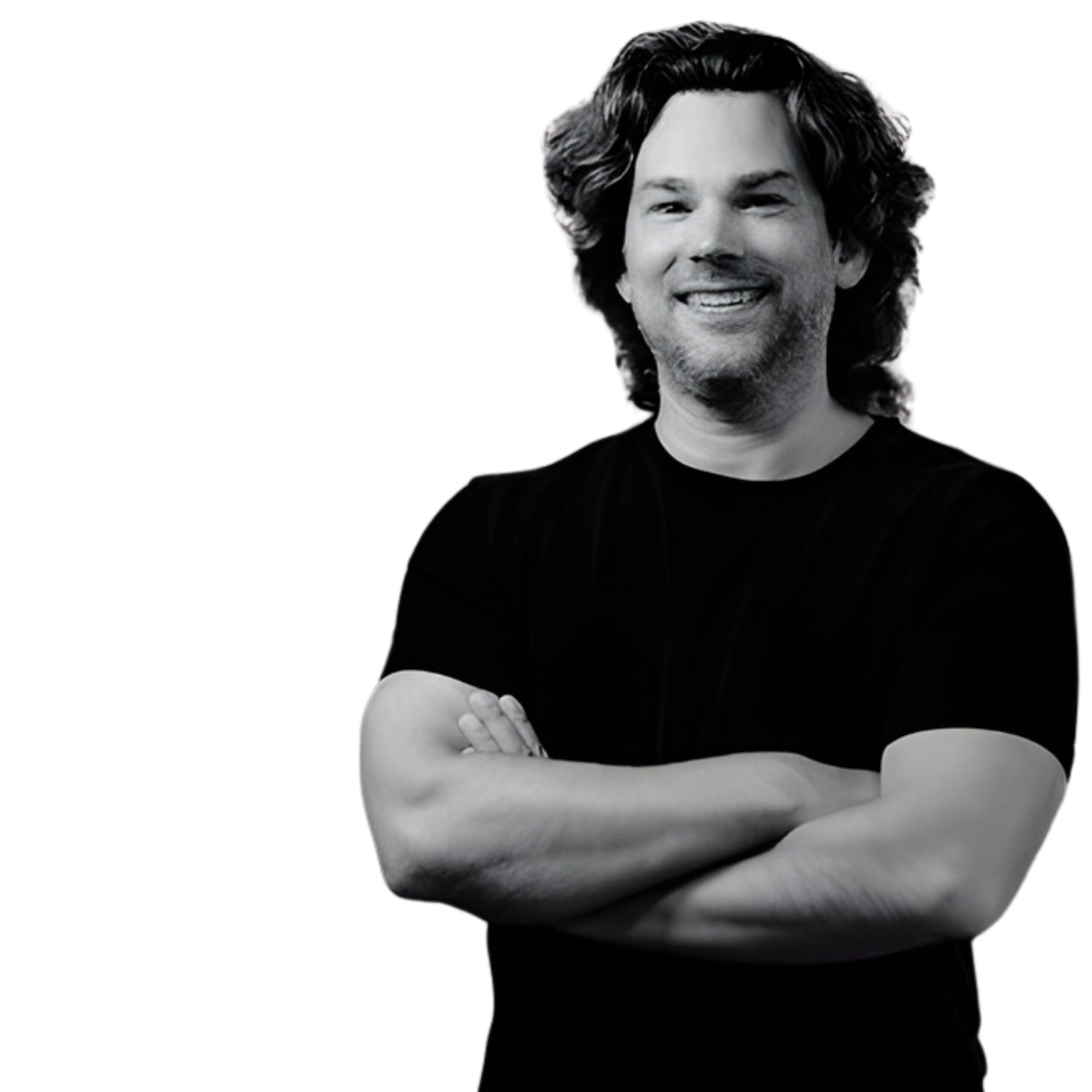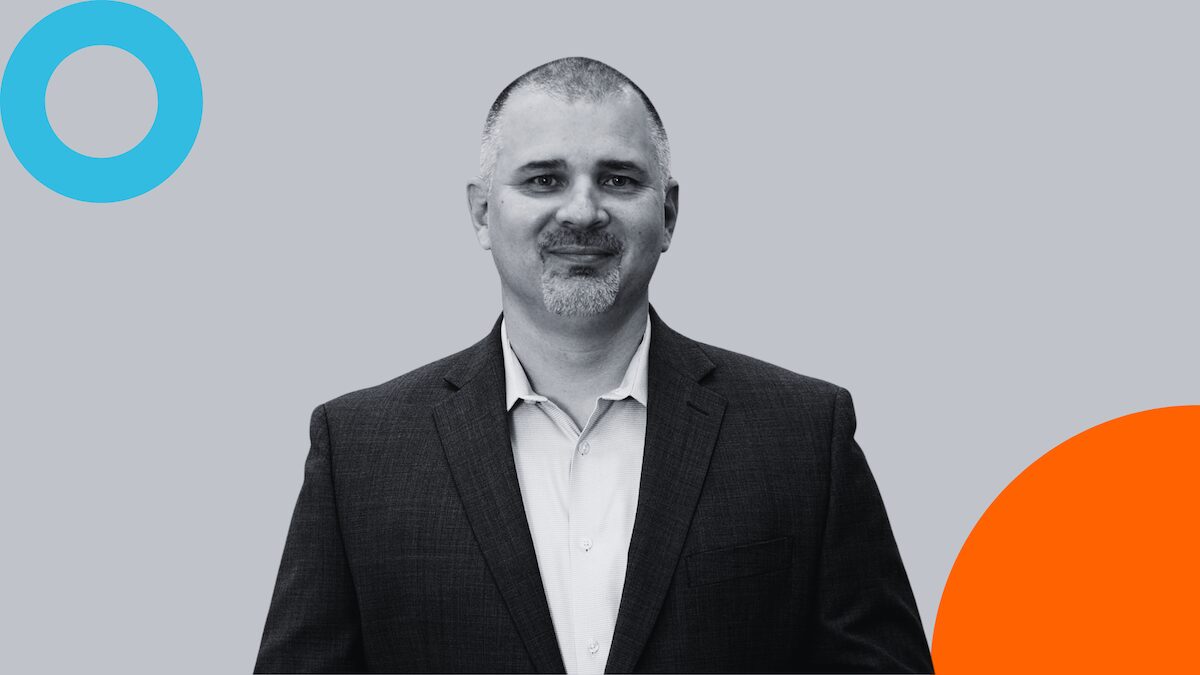When someone is battling cancer, nourishment is often the last thing on their mind, yet it’s one of the most critical factors in treatment and recovery. In this episode of the Charity Charge Show, we sat down with Courtney Johnson, Founder & CEO of Culinary Care, to hear how her personal journey sparked a movement delivering meals and hope to cancer patients.
A Mission Born from Personal Loss
Courtney’s story began in 2006, when she lost her father to lung cancer. During his treatment, neighbors and friends brought meals to her family every day. Those meals provided more than nourishment, they brought comfort, normalcy, and moments of joy during a painful time.
Years later, after graduating college, Courtney found herself asking a simple but profound question: What about families who don’t have that kind of support network? That question planted the seed for Culinary Care.
The nonprofit launched in Chicago with a simple vision: combine culinary excellence with human care to deliver meals that restore dignity and community to patients facing cancer treatment.
From One Meal to Thousands
The first meal Culinary Care ever delivered went to a woman named Lee. Instead of a quick “thank you,” Lee responded with a four-page letter describing her loneliness, isolation, and the joy she felt from receiving that meal. She wrote that Culinary Care’s “goodness, grace, and kindness restored her faith in humanity.”
That response confirmed what Courtney already sensed: this wasn’t just about food, it was about connection, care, and humanity.
Since then, Culinary Care has grown into a robust program serving an average of 80 meals a day in Chicago and recently expanded to Dallas in 2024.
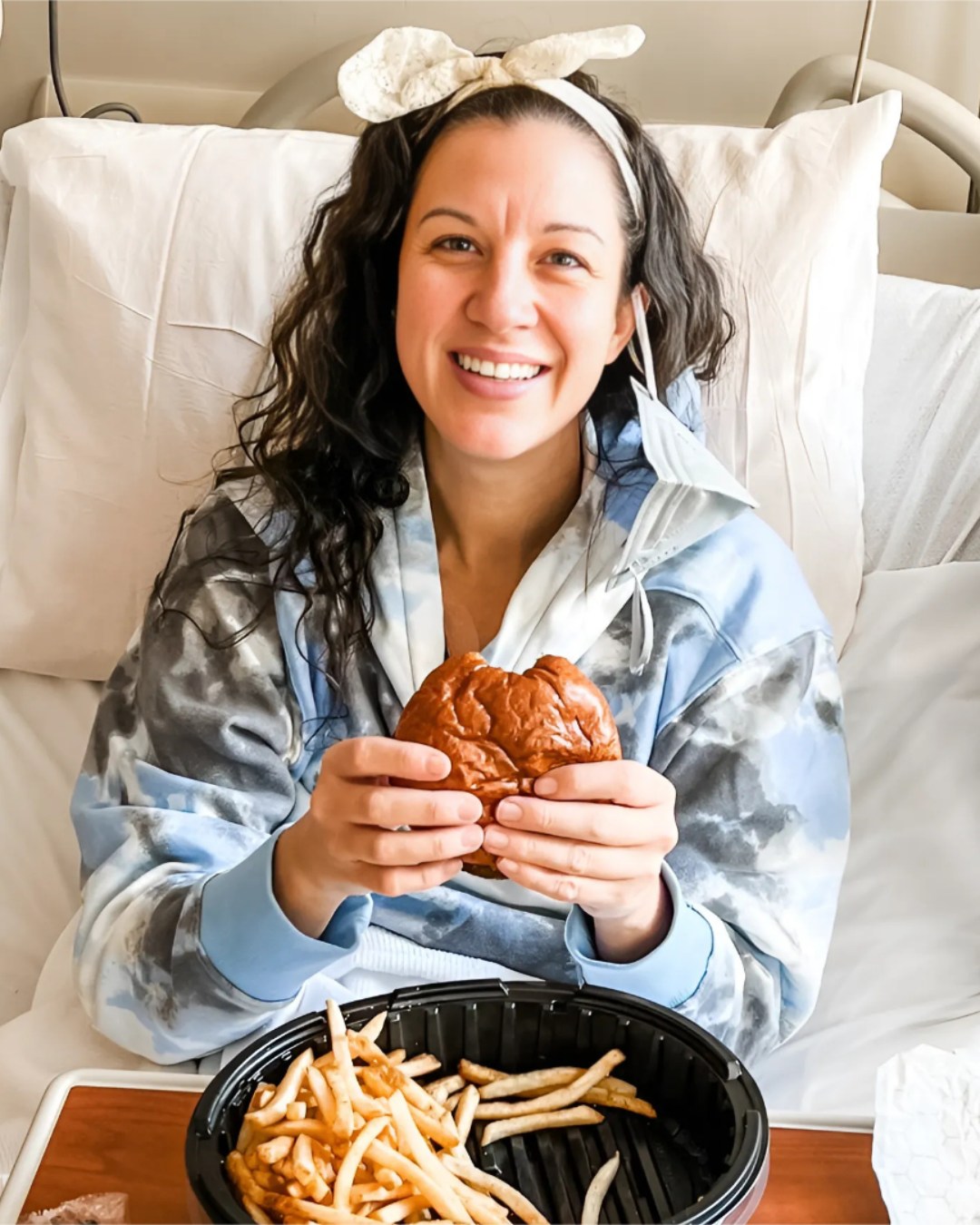
The Power of Food During Treatment
One in five cancer deaths in the U.S. is linked to malnutrition. Appetite loss, anxiety, and financial strain often prevent patients from eating well during treatment.
Culinary Care helps close this gap:
75% of patients experiencing appetite loss report improvement through Culinary Care meals.
95% of patients say they feel a stronger sense of community.
Research shows that a sense of community alone can improve treatment outcomes by up to 25%.
Courtney calls it the combination of “culinary” and “care” — nourishment for the body and soul.
Building a Patient-First Culture
As Culinary Care has scaled, maintaining a patient-first culture has been central. Courtney shared two key lessons:
Hire for mission alignment. Skills can be taught, but compassion, patience, and empathy must come naturally. Every team member must be prepared to meet patients on the hardest day of their life.
Stay grounded in the work. In the early years, Courtney personally delivered meals and learned the smallest details — like the importance of providing silverware. Even now, she occasionally joins deliveries to understand team challenges firsthand.
Her philosophy is clear: If the patient feels the problem, something is wrong. If the staff feels the problem, it’s leadership’s responsibility to solve it.
Scaling with Technology and Community
Culinary Care is proof that even grassroots organizations can be tech-forward. The nonprofit has:
Built its own meal-ordering app integrated with Salesforce.
Streamlined delivery logistics for efficiency without sacrificing personal touch.
Created a replicable model now serving multiple cities.
Yet technology alone isn’t the driver — it’s the community. Local restaurants, donors, and volunteers fuel the mission. A $30 monthly donor may never meet the patient their gift supports, but that act of generosity is deeply felt.

Lessons in Fundraising
Fundraising hasn’t always been easy. Courtney shared that in the early years, the team focused heavily on acquiring new donors. But during the pandemic, the strategy shifted: lean into existing relationships, nurture them, and root fundraising in hospitality.
For Culinary Care, that means:
Sending birthday and condolence cards to donors.
Designing fundraising events around food and joy, such as their Corporate Cookoff challenge.
Viewing every donor interaction not as a transaction, but as an opportunity to inspire and connect.
As a result, Culinary Care is now on track to reach its first seven-figure fundraising year.
One Less Worry for Patients
Courtney summed up the organization’s guiding value in one phrase: one less worry.
For patients: meals mean one less thing to plan, cook, or stress over.
For donors: giving should be simple and joyful.
For staff: systems should reduce friction so they can focus on care.
It’s a philosophy that has allowed Culinary Care to grow with both purpose and sustainability.
How You Can Support Culinary Care
If you want to make an impact in the lives of cancer patients and their families, you can:
Donate monthly to provide ongoing meal support.
Partner as a restaurant or sponsor to bring hospitality into treatment centers.
Spread the word about Culinary Care’s mission.
Learn more or get involved at culinarycare.org.
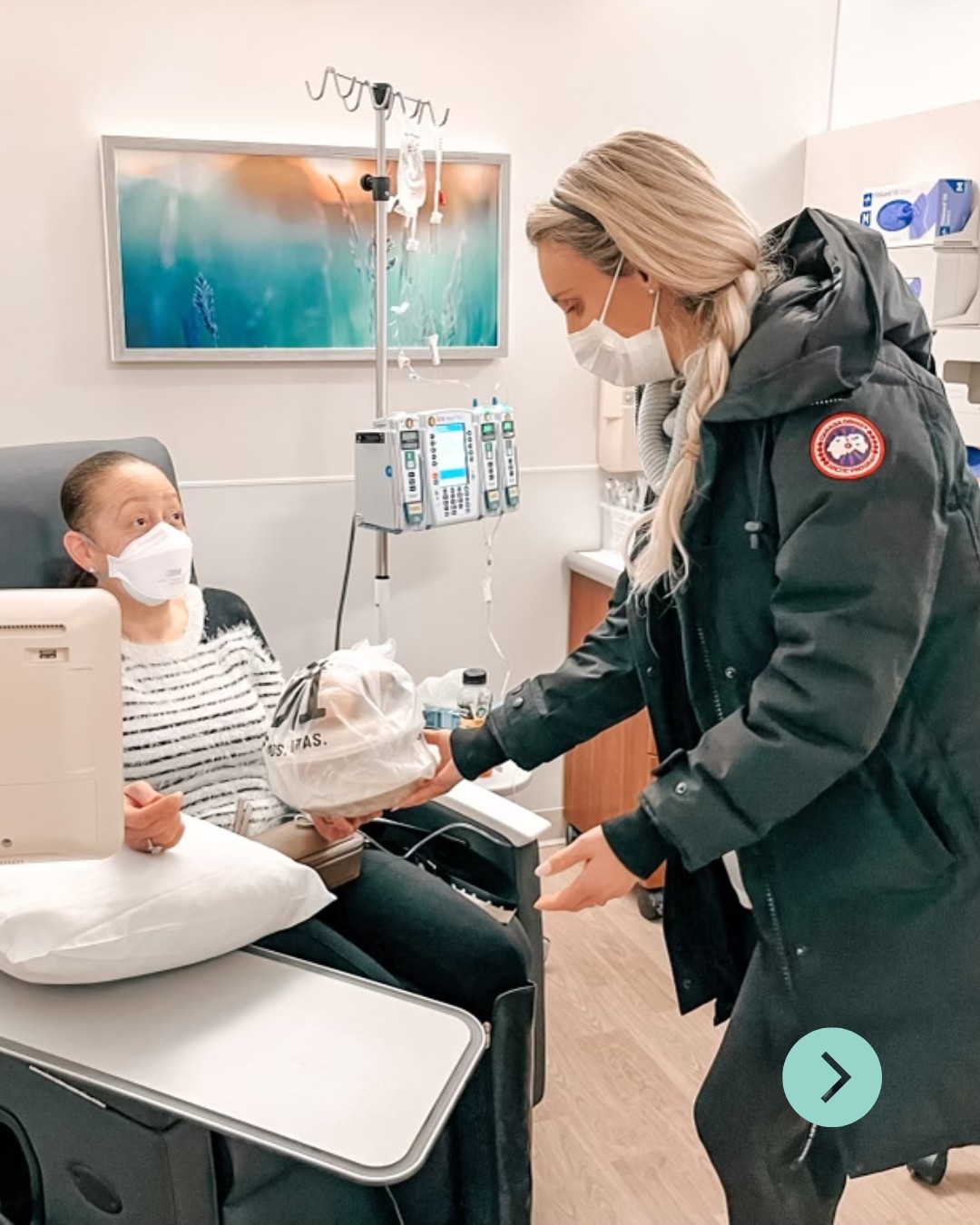
Interview Transcript
On the Origin Story
Grayson: Courtney, welcome. What’s your background and how did Culinary Care begin?
Courtney Johnson: Thanks for having me. My background isn’t in nonprofits or culinary—I’m not a chef. The spark was personal: I lost my dad to lung cancer in 2006, right before my senior year of high school. Friends and neighbors brought us meals every day. Those meals gave us something to look forward to and a sense of normalcy.
After college, I wanted to volunteer somewhere that recreated that feeling for other families—but I couldn’t find it. So I started asking, Is this program even needed? Very quickly, the answer was yes.
The First Patient Impact
Grayson: Do you remember your first delivery?
Courtney: Yes, to a woman named Lee. I followed up expecting “Thanks, it was yummy.” Instead, she sent a four-page letter about how lonely she felt after moving to Chicago and starting breast cancer treatment. She wasn’t eating properly; food felt communal and she was isolated. The meal made her feel love—and she wrote that our “goodness, grace, and kindness restored her faith in humanity.” That confirmed we were onto something: our work is both culinary and care.
Early Days and Finding the Right Model
Grayson: How did you get things off the ground?
Courtney: I graduated in 2011, came back to Chicago, got a full-time job, and built Culinary Care on nights, weekends, and lunch breaks—family and friends helped deliver. We posted flyers at places like Gilda’s Club and recruited restaurants to donate meals. Early on, we delivered anywhere—homes, community centers.
The turning point came when a mom, whose son was in treatment, lived three hours away and asked, “Can you come to my treatment center?” We learned outpatient patients aren’t provided meals. Many won’t leave a loved one’s side to find food. Delivering to treatment centers became our home base—it’s when patients most often feel well enough to eat before chemo side effects kick in.
Where the Program Is Today
Grayson: What does scale look like now?
Courtney: In Chicago, we’re averaging around 80 meals a day. We expanded to Dallas in 2024 and are growing in both cities. Nurses at partner sites are phenomenal; together we solve real-time logistics—late appointments, room changes, locating patients—so meals actually reach people.
Outcomes and Why Food Matters
Grayson: What impact are you seeing?
Courtney: We rely on established research rather than control groups (we can’t ethically deny food). We focus on key drivers:
Appetite: Among patients reporting loss of appetite, 75% tell us our meals help them overcome it.
Community: 95% report a stronger sense of community. Social connection alone can improve outcomes significantly.
A sobering data point we watch: a substantial share of cancer deaths are linked to malnutrition. If we can move behaviors at the micro level—eat today, enjoy food again—we can change trajectories.
Logistics, Tech, and Process
Grayson: How do you manage the complexity?
Courtney: We invested heavily in systems so the patient never feels the friction. We built our own ordering app that integrates with Salesforce (we’re fortunate to use nonprofit licenses). Our programs team manages 1,200+ patients while keeping the experience personal.
My operational rule: if the patient feels the problem, that’s on us. If the team feels the problem, I help solve it. When I see the same issue three times, I step in and redesign the workflow—often with tech. Years ago, we moved from paper to Google Forms, then to our app. We eliminated chaotic group-text dispatching in favor of structured systems. Little fixes add up.
Culture and Hiring
Grayson: How do you build a patient-first culture?
Courtney: We hire for mission alignment and hospitality first; technical tasks are trainable. Our team enters hospitals on people’s hardest days—patience and empathy are non-negotiable.
I started at 23 and didn’t pretend to know everything. I listen. Our programs team tells me what they need, and my job is to remove friction. I still jump into operations periodically—not to police, but to feel pain points and fix them. Burnout prevention and fair wages matter; we can’t serve patients well if our team isn’t supported.
Hospitality as a Fundraising Framework
Grayson: What did you learn about fundraising—especially through COVID?
Courtney: Early on, we leaned toward donor acquisition. During COVID, we pivoted to hospitality-driven stewardship—thoughtful touches like birthday or condolence cards, clear and simple asks, and events that genuinely reflect our mission.
Our flagship event started as the Corporate Cookoff—a team-building culinary challenge instead of a traditional gala—because food and togetherness are our essence. We added a gala later when it made sense.
We try to make donating one less worry—easy links, ready-to-send language, fewer hoops. It’s the same lens we use for patients.
Growth and Team
Grayson: Team size and milestones?
Courtney: We’re around 10–12 people and hiring, with the majority on programs. Fundraising is a team of two (plus me wearing hats). We’re on pace for our first seven-figure year, which is exciting given our size.
Sustainability and Community Commitments
Grayson: What does sustainability mean in your model?
Courtney: Reliability. From day one, we asked restaurants for annual commitments, not one-off meals, so we can plan. On the donor side, monthly giving is huge—it lets us forecast, just like a subscription model powers content companies. We love volunteers, but in-hospital delivery requires training and consistency; we need people we can truly count on.
Final Ask
Grayson: How can people get involved?
Courtney: If you’re in the nonprofit world or just want to help—show up reliably. For Culinary Care specifically:
Become a monthly donor. Predictable gifts = predictable meals.
Restaurants & sponsors: Partner with us to bring hospitality into treatment rooms.
Spread the word. Awareness fuels impact.

